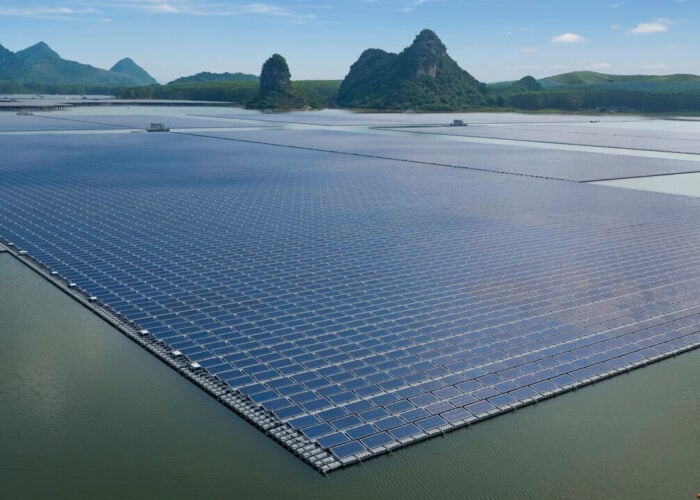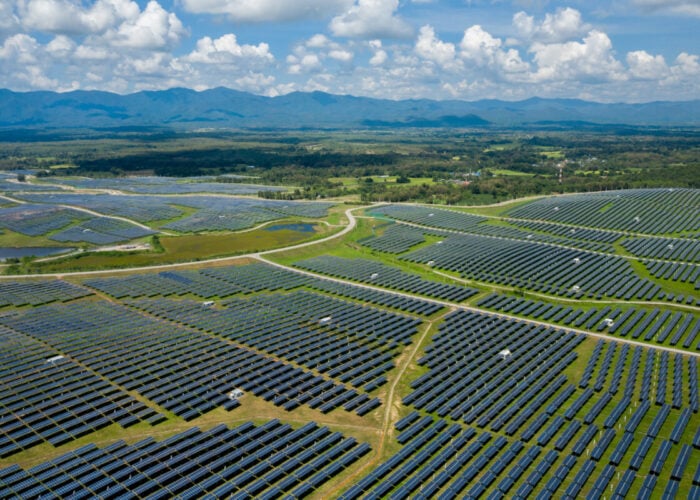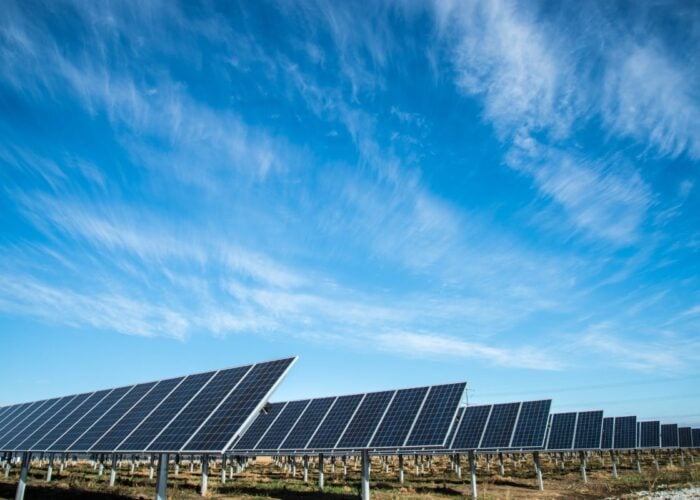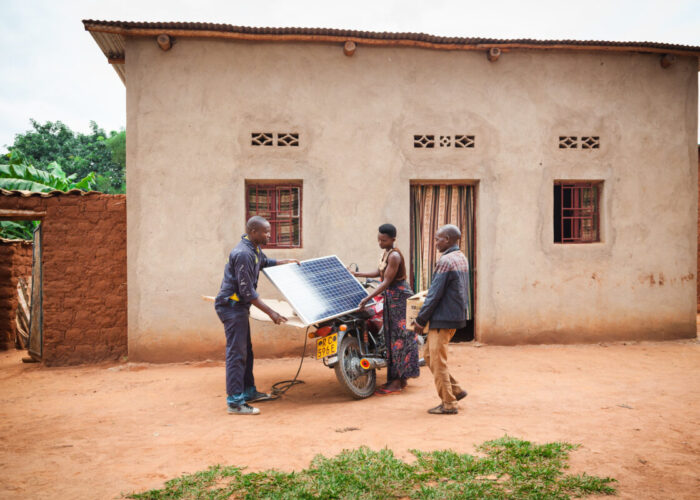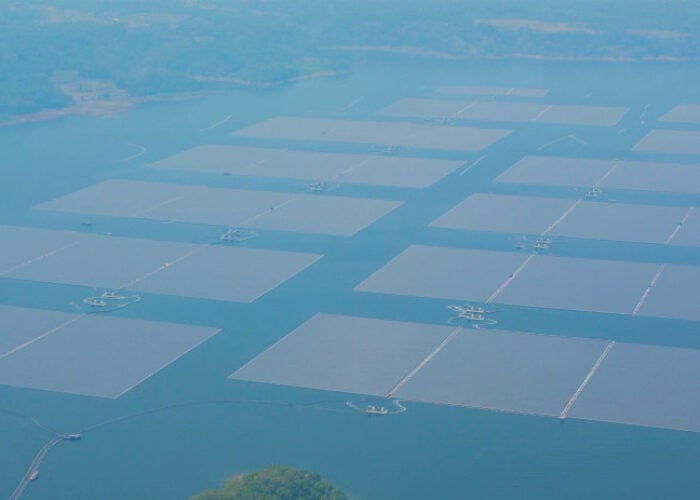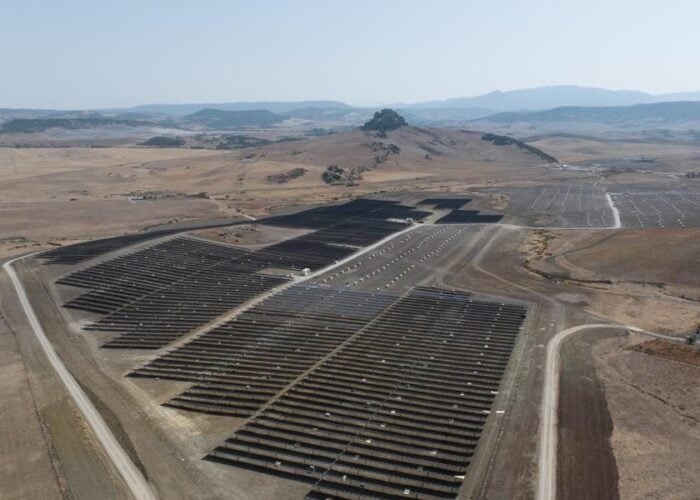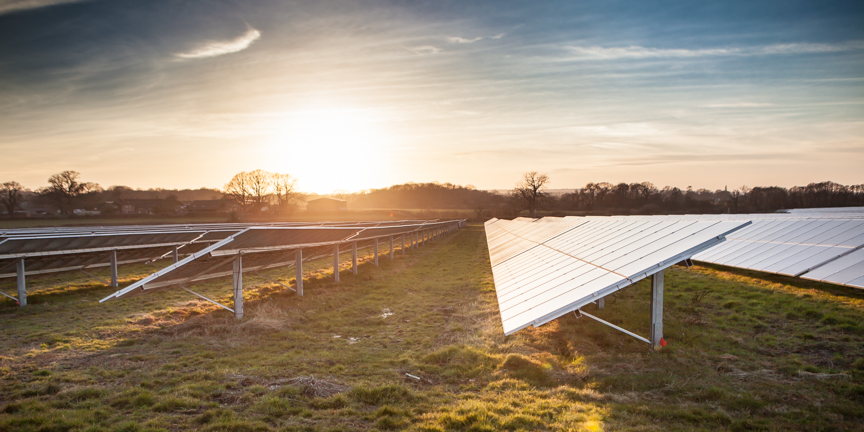
Solar PV has seen a “meteoric rise” over the past decade, with more capacity installed than any other power source, according to a new report by BloombergNEF and the United Nations Environment Programme (UNEP).
Over the last ten years, 638GW of solar PV was installed globally – a dramatic turn of events for a power source only boasting 25GW at the close of 2009.
Unlock unlimited access for 12 whole months of distinctive global analysis
Photovoltaics International is now included.
- Regular insight and analysis of the industry’s biggest developments
- In-depth interviews with the industry’s leading figures
- Unlimited digital access to the PV Tech Power journal catalogue
- Unlimited digital access to the Photovoltaics International journal catalogue
- Access to more than 1,000 technical papers
- Discounts on Solar Media’s portfolio of events, in-person and virtual
Solar reaped more capacity investment than any other renewable technology over the decade, at US$1.3 trillion. That’s half of the overall US$2.6 trillion invested in renewable capacity – excluding large hydro – over the same period.
Solar’s ascendancy has been accompanied by a “precipitous drop” of the levelised cost of the technology, the report notes. The cost of solar technology has tumbled 81% over ten years, from US$304 to US$57 per MWh.
Solar’s cost revolution has been powered by the preponderance of competitive renewable energy auctions, improvements in the efficiency of generating equipment, and fierce competition among manufacturers and developers to cut overheads. It has also been sustained by a strong downward trend in the cost of equity and debt crucial to upfront capital expenditure for new projects, due to record-low interest rates in many countries over the past decade and increasing competition between banks and investors to participate in the market.
Over the decade, China has sunk US$758 billion into renewables capacity, followed by the US (US$356 billion) and Japan (US$202 billion). Europe has invested US$698 billion in total, with Germany and the UK leading the pack at US$179 billion and US$122 billion respectively.
Renewables now account for 26.3% of all electricity produced, or 12.9% if large hydro is excluded.
Inger Anderson, UNEP executive director, said that regardless of a decade of “incredible growth” in renewables, “global power sector emissions have risen about 10% over this period. It is clear that we need to rapidly step up the pace of the global switch.”
The report notes that fossil fuel subsidies, “which run into the hundreds and thousands,” are slowing renewables penetration. Coal was the second most deployed technology after solar of the past ten years, at 529GW.
Solar hits 65% share of renewable roll-out in 2018
In 2018, solar deployments accounted for more than half of total renewables additions (excluding large-scale hydro), at 108GW of an overall 167GW. The technology also attracted the most investment, at US$133.5 billion.
Investment in renewables capacity was roughly three times larger than global investment in coal and gas-fired power in 2018.
Global capacity investment in renewables in 2018 was US$272.9 billion, down 12% from the year prior. The drop was due to the decision by China – by far and away the world’s biggest renewables investor – to suspend its solar subsidy program in the second half of the year. This led to a drop of 11% in overall renewable investment, also encouraged by the falling cost of equipment.
Non-capacity types of investment rose in 2018. The industry benefitted from a 10% increase in government and corporate R&D expenditure, a 6% increase in equity raising by specialist companies on public markets and a 35% increase in venture capital and private equity investments.
As feed-in tariffs have become more sparse, developers are increasingly turning to competitive auctions and corporate power purchase agreements (PPAs). In 2018, government-held auctions had their second-highest year ever, and corporate power purchase agreements hit a new record for the amount of new renewable energy capacity they supported in 2018. Facebook signed the largest volume of PPAs in 2018, with 2.1GW of solar deals.
Spain, Vietnam, Ukraine and South Africa all saw renewable capacity investment jump five-fold in 2018. Russia, Taiwan, Morocco, Sweden and the Netherlands each more than doubled their investment.
See here to read the report in full

